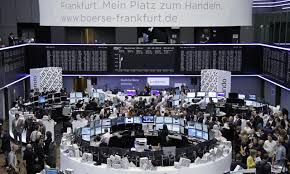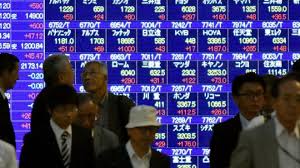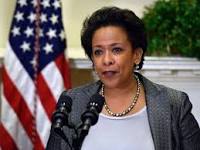North America stocks took a downward slope, sparking fears among the investors over the pace of global growth. This August saw the Standard & Poor’s 500 Index hitting the lowest point in more than three years. The Federal Reserve officials indicated they are ready to raise interest rates.
A Plunge in Stocks
The S&P/TSX composite index of Toronto Stock Exchange dropped to 13,723.53, which is 141.54 points down.
The Dow Jones average of 30 stocks in New York fell 136.16 points to 16,506.85 while the broader S&P 500 index lost 19.63 to 1,976.57. The Nasdaq was down 19.83 at 4,808.49.
The commodity market witnessed the December gold contract dropping $6 to $1,128.00 an ounce. The October crude contract lost $1.14 at $44.06 a barrel. Natural gas October contract was down $0.6 at US 2.66. Shortly after the opening of stock markets, the Loonie was down $0.54, dropping to 75.13 US cents.
Still a Long Way to Go
A long way is probably ahead before the stock markets begin to experience fruitful results. The chief investment officer with RMG Wealth Management in London, Stewart Richardson affirms that financial markets are vulnerable “The stress and volatility experienced in the last two weeks will recur, and probably even be worse. You can be sure of this, considering the fact that there has been little if any improvement in the economic conditions.” In his view, he predicts that next year will experience a worse deterioration in stocks.
The month of August saw the S&P losing 5.9%, the worst since May 2012, as anxiety over global growth grew due to China’s currency devaluation earlier this August, eliminating equity market values worth more than $5.3 trillion globally.
The last week’s 0.9% rise benchmark marked a volatile period in which the S&P 500 recorded the worst drop since 2011 to come to a correction. However, it rallied more than 6% within two days for its best back-to-back increase since the onset of the bull market in 2009.
The Chicago Board Options Exchange Volatility Index may hit its highest mark. The period between the end of July and last week saw the erasing of more than $2 trillion of share value from U.S. markets. Data from Bloomberg shows that the sum was approximately equal to two years of S&P revenues.
While August share performance was average, it has resulted to some of the ugliest returns of the year since 2009. The week ended August 12, 2011 saw the S&P 500 alternating between losses and gains of at least 4% for four days. Never before had Bloomberg recorded such occurrence in 88 years. The S&P dropped 3.1% in August 2013, one out of only two months that recorded negative returns in a year that experienced a 30% surge in the index.
Rising Interest Rates
The remarks by Stanley Fischer, the Federal Reserve Vice Chairman, suggested that the central bank has not erased the idea of raising interest rates during the convergence of the Federal Open Market Committee on September 16-17. Fischer’s comments that there may be acceleration of inflation caused bets on a September liftoff to climb. Businessmen are currently pricing in a 38% probability that the central bank will act in September, up from last Wednesday’s one-in-four chance.
According to the Fed, it will be appropriate to increase rates in case the labor markets posts some further improvement and Fed is “reasonably confident” inflation will drop back to its 2% target over the medium term.
The sliding stocks in North America financial markets have really send fears among investors. It appears that these fears cannot be soothed as soon as possible.




